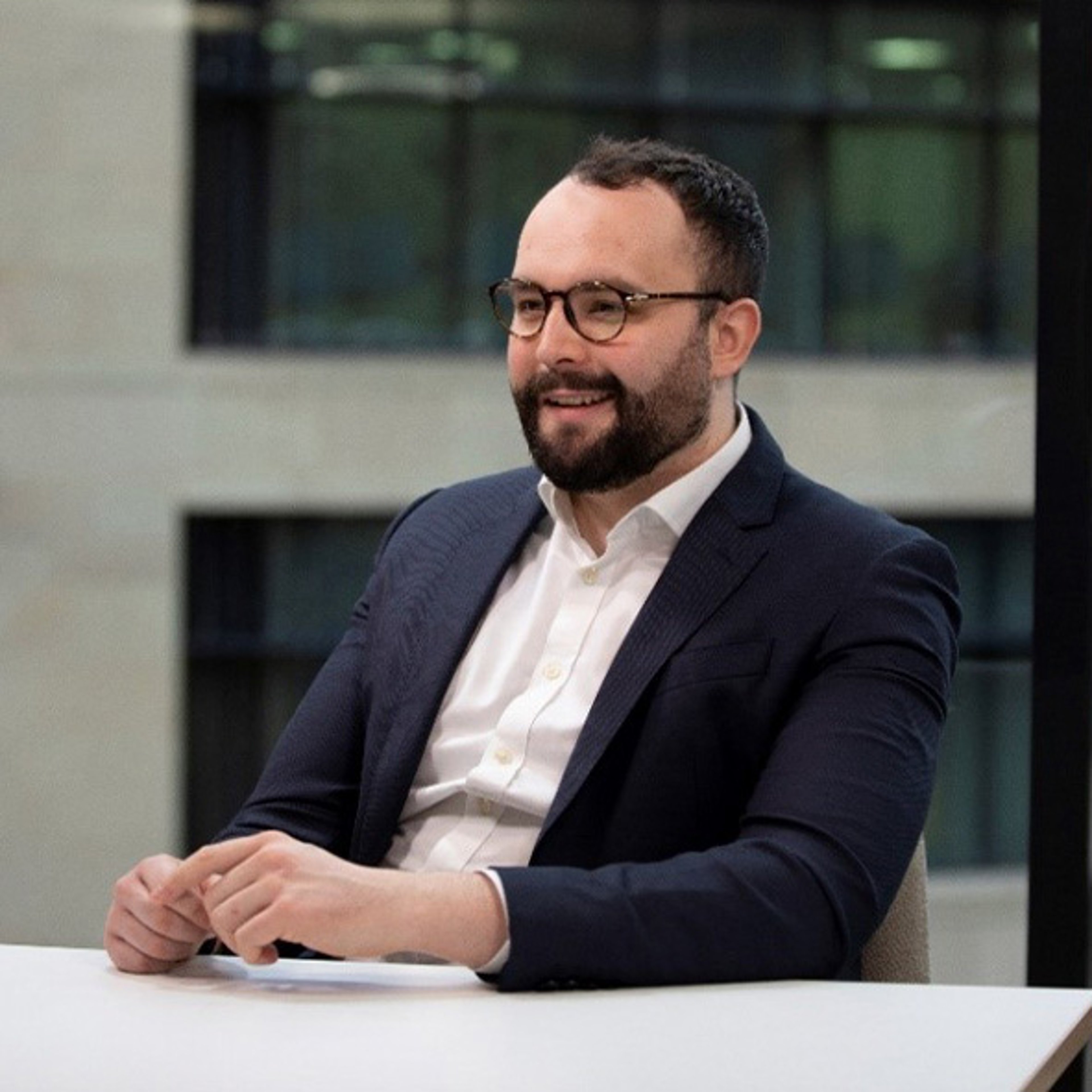
©Getty Images/iStockphoto
Investors should consider the investment objectives, risks, charges and expenses carefully before investing. This information and other information about the Funds can be found in the prospectus and summary prospectus. For a prospectus and summary prospectus, please visit our website at bailliegifford.com/usmutualfunds. Please carefully read the Fund's prospectus and related documents before investing. Securities are offered through Baillie Gifford Funds Services LLC, an affiliate of Baillie Gifford Overseas Ltd and a member of FINRA.
This is most obvious in the European semiconductor industry. Whether it’s ASM International and Aixtron in deposition equipment, Soitec in performance-engineered wafers, or ASML, the behemoth in lithographic systems - Europe is a leader in producing world-class semiconductor capital equipment and materials companies.
Semiconductors aside, European companies have also established dominant market positions in parts of the software market, classifieds marketplaces, payments and even music industry. Given this, there’s lots to like about the European technology sector for a long-term, growth-oriented investor. And this is the world I dove into in a recent trip to Barcelona, where I spent my time meeting with and listening to European technology companies’ executives at a November conference.
Everyone appreciates some winter sun, particularly if you live in an increasingly dark Edinburgh like me, so the timing was most welcome. Sadly, it was less sun, sea and sangria and more software and semiconductors as I spent my time in underground conference rooms. Here's what I learned.
For opportunity, look to the empty rooms
At the conference, you could predict a room’s attendance by taking a quick look at the company’s price-to-earnings (P/E) multiple, with higher valuations counterintuitively leading to fuller rooms.
This felt like a visible metaphor for European equity markets in 2024. Companies with a high degree of near-term earnings visibility, like software businesses, have seen their multiples bid up, while companies whose earnings are depressed in the near term, such as some in the semiconductor value chain, have found few friends. Indeed, our own analysis suggests the primary driver of index returns in the 11 months to the end of November 2024 for both the MSCI Europe ex UK and the MSCI ACWI has been multiple expansion, rather than growth.
For the more expensive companies, questions tended to be something to the effect of, “how can your growth get even faster?" and “how much higher can margins go?”. These companies have all performed very strongly and the consistency of their operational performance commands a valuation premium. But investing is an expectations game and while there are returns to be earned from continued growth in earnings, when expectations are already high there is less upside to be had.
There are three engines which drive stock returns: earnings growth, change in the P/E multiple and income. It struck me that the companies in the emptier rooms might have the first two of those engines. Companies like Soitec and Aixtron, which we hold in our International portfolios, both have long growth runways, are profitable and have very strong competitive moats – but questions over when the cycle might turn back in their favour have led to material drawdowns.
What we heard from these companies, and others like them, was a message of quiet confidence. A growth reacceleration in the coming years provides the prospect of material fundamental growth – growth which is yet to be priced in, providing twin return drivers.
It’s a similar story outside of technology, in sectors such as MedTech and Industrials, where companies have felt the effects of a prolonged period of customer inventory destocking – something these companies are increasingly telling us is coming to an end.
Skate where the puck is going – not where it’s been
To paraphrase Wayne Gretzky, growth investing is a bit like ice hockey in that it’s best to skate where the puck is going. To find opportunities, we must look for the companies which can be among the fastest growers of earnings over the coming years. That’s not always those which have generated that growth over the past few years.
There is risk involved, but accelerating growth at low multiples makes for a tantalizing prospect. Our portfolios hold a number of these European opportunities across a variety of sectors, and we are finding more of them in the current environment.
Perhaps in a few years the lesson will be that we should all spend more time in emptier conference rooms if we’re to find the stocks with more than one engine pushing in their favour.
Important information and risk factors
The Funds are distributed by Baillie Gifford Funds Services LLC. Baillie Gifford Funds Services LLC is registered as a broker-dealer with the SEC, a member of FINRA and is an affiliate of Baillie Gifford Overseas Limited. All information is sourced from Baillie Gifford & Co unless otherwise stated.
As with all mutual funds, the value of an investment in the Fund could decline, so you could lose money. International investing involves special risks, which include changes in currency rates, foreign taxation and differences in auditing standards and securities regulations, political uncertainty and greater volatility. These risks are even greater when investing in emerging markets. Security prices in emerging markets can be significantly more volatile than in the more developed nations of the world, reflecting the greater uncertainties of investing in less established markets and economies. Currency risk includes the risk that the foreign currencies in which a Fund’s investments are traded, in which a Fund receives income, or in which a Fund has taken a position, will decline in value relative to the U.S. dollar. Hedging against a decline in the value of currency does not eliminate fluctuations in the prices of portfolio securities or prevent losses if the prices of such securities decline. In addition, hedging a foreign currency can have a negative effect on performance if the U.S. dollar declines in value relative to that currency, or if the currency hedging is otherwise ineffective.
For more information about these and other risks of an investment in the Funds, see “Principal Investment Risks” and “Additional Investment Strategies” in the prospectus. There can be no assurance that the Funds will achieve their investment objectives.
As at December 31, 2024 Baillie Gifford held Aixtron, ASM International, ASML, Soitec. A full list of holdings is available on request and is subject to change.







